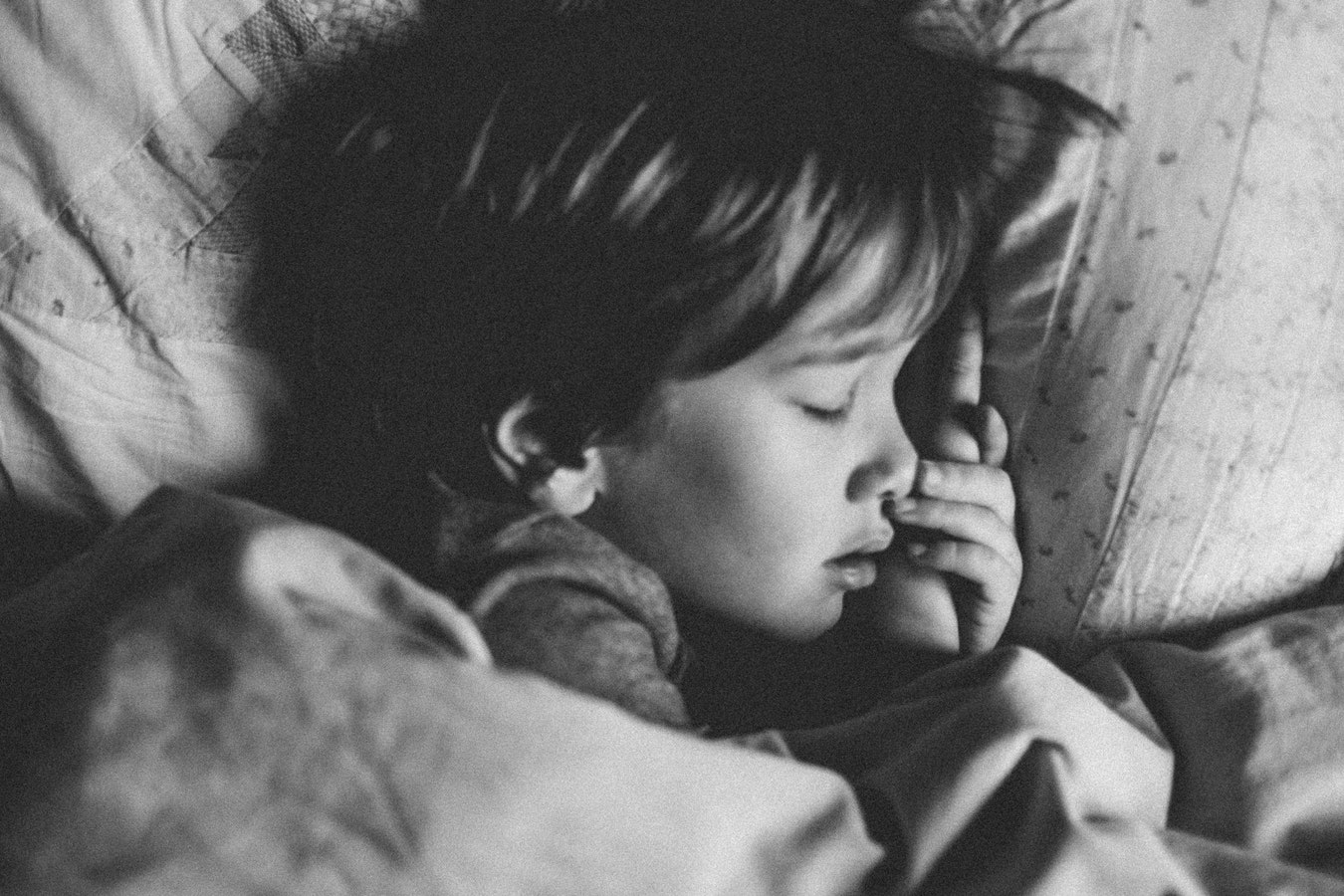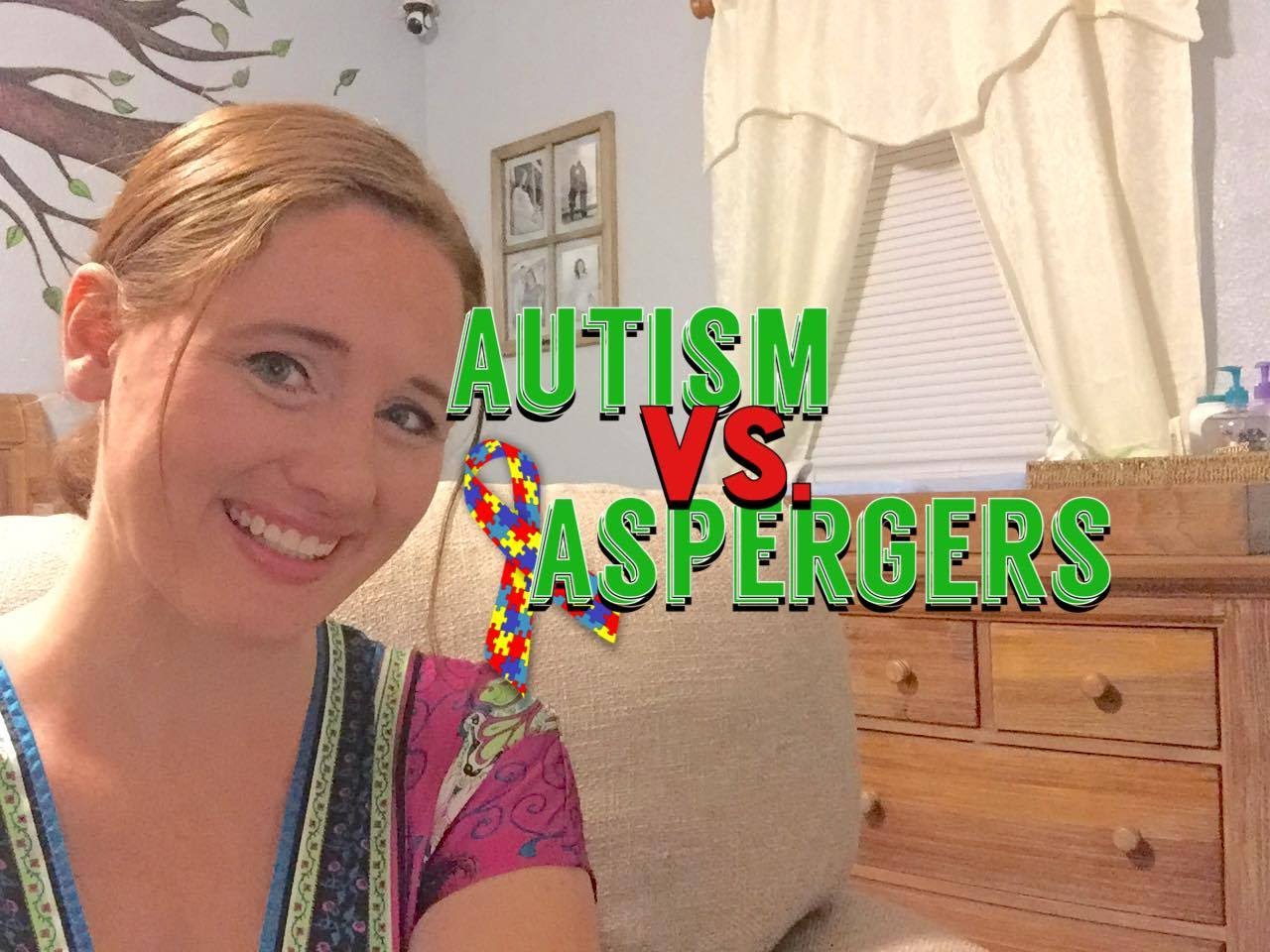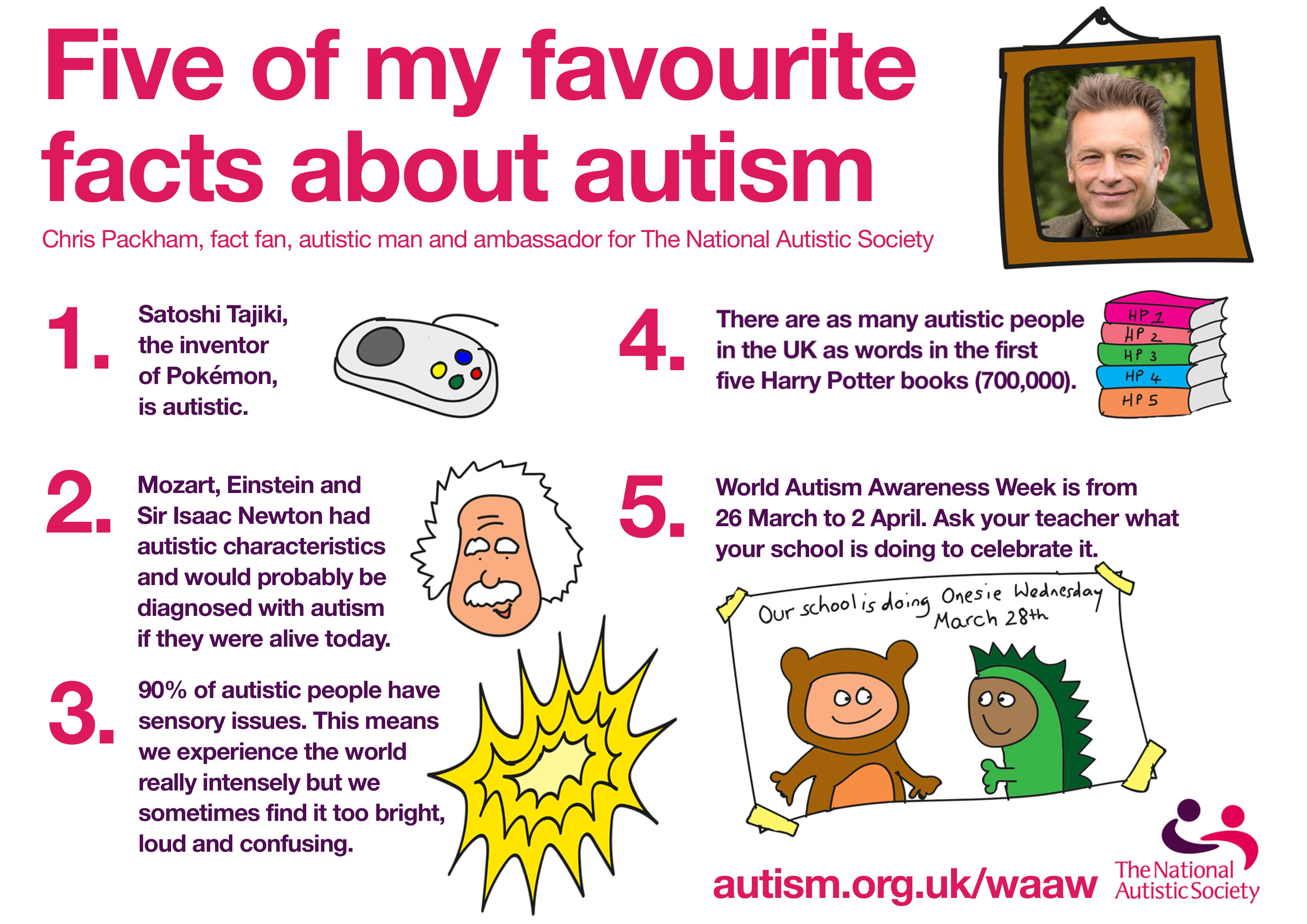The most recent statistics (as of late April 2018) show that 1 in 59 children (1 in 37 boys and 1 in 151 girls) as having autism spectrum disorder (ASD). Additionally, the CDC estimates that 5% of children have ADHD. With such a high prevalence of each condition, parents across the United States are continuously seeking new ways to better manage their children’s symptoms.
It is well known that environmental factors can affect ADHD/autism symptoms significantly. One lesser discussed way to manage both ADHD and autism symptoms is by creating the best possible sleeping environment for your child. Kids with either one of these conditions tend to struggle with getting the recommended amount of sleep each night. This alone can further aggravate symptoms. Explore some of the best ways to promote a healthy sleep environment if your child struggles with ADHD or autism.
Pay attention to mattress and bedding quality
If you find that your child struggles with getting to sleep on top of his or her ADHD symptoms, you aren’t alone. ScienceDaily recently reported that 70% of parents of children with ADHD report that the children have difficulty falling asleep and that they spend a long time putting them to bed. One of the best ways to start working through this challenge is by assessing your child’s bed and bedding. Both have the power to make a significant, positive change in your child’s symptoms of ADHD or autism. Using a weighted blanket has been found to ease symptoms of both conditions, and promote better sleep quality. Also, be sure that his or her mattress is comfortable. Change mattresses if needed to reduce any excess restlessness caused by having a bed that is too hard or too soft.
Use essential oils to promote relaxation
Adding calming essential oils to your child’s bedtime routine has been found to support healthy sleep, especially for those with ADHD and autism. Oils can be diffused in an essential oil diffuser, or added to pillowcases. Some of the most soothing oils to use include lavender, vanilla, chamomile, and sandalwood. Ask your child which scents he or she likes most, and try making your own blends to create the perfect natural sleep aid.
Stop the use of electronics before bedtime
In one 2014 study, sleep quality of participants was hampered by screen time, primarily in relation to shortened sleep duration and a delay in the timing of sleep. While avoiding cell phones, televisions, tablets, and computer screens hours before bedtime is advisable for children and adults alike, this recommendation is especially important for children with autism or ADHD. The use of stimulating electronics at any time of the day can make symptoms worse. However, at bedtime, it can cause an even more significant sleep disruption than what children with these conditions already face. To improve the quality of your child’s sleep, ensure that he or she stops using electronics at least one hour prior to going to bed.
Managing your child’s ADHD or autism is an ongoing process. To help him or her achieve better sleep quality, and therefore feel better during waking hours, follow the tips above for optimum results.




